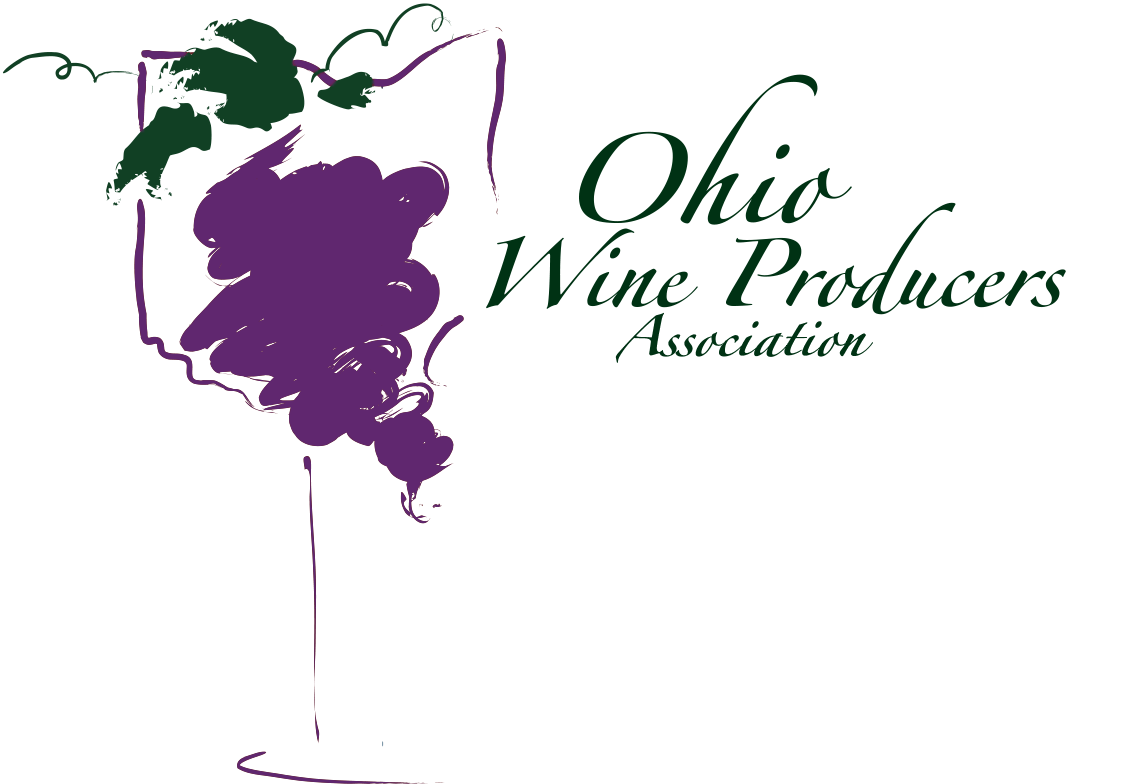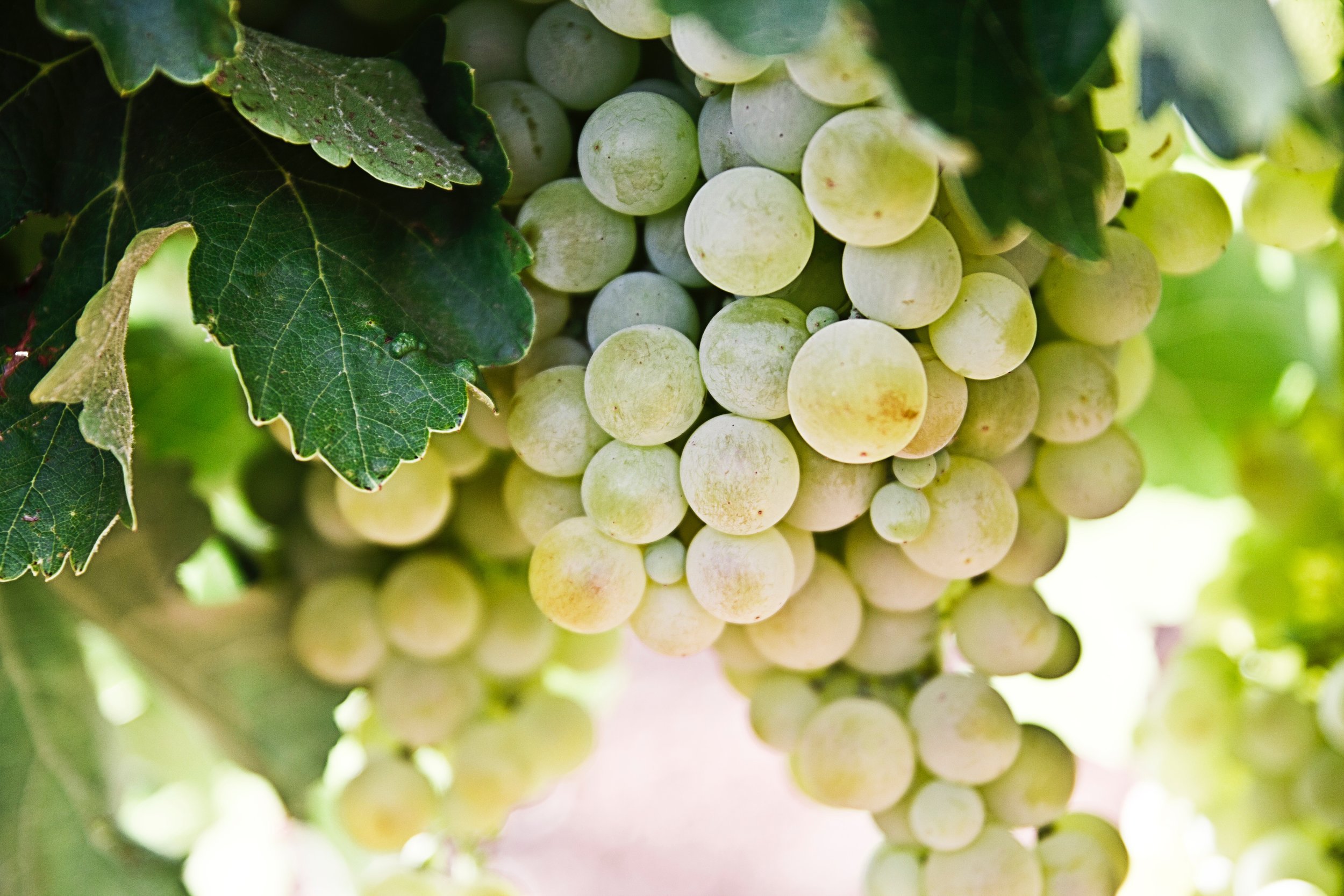Wine competitions: what those gold medals mean
For Americas vintners, tis the season to enter wine competitions. San Francisco Fair, Los Angeles, Finger Lakes, Great Lakes, Dallas Morning News, Pacific Rim, New World, Intervin, Tasters Guild International, Indiana State Fair, Eastern International, Grand Harvest Awards, American Wine Society, Florida State Fair, Beverage Testing Institute, the Ohio Wine Competition..and several more.
From early spring through the first months of summer, winemakers usually enter one, two or a dozen of their very best wines in major competitions. The process is costly - fees range from $25 to over $100 per label - and competitive - some evaluate 3000 or more entries.
How do these competitions work, why do wineries submit their vintages for expert assessment and what does a medal mean?
The most respected competitions use esteemed panels of wine professionals who blindly rate flights of similar wines, i.e., chardonnays made in a certain style and in a specific price range are evaluated against like wines. In fact, the prestige of a competition correlates directly to the reputation of the wine judges willing to sit on its panel.
On the day of the competition, the wines are poured into classes in a behind the scenes room. A panel coordinator presents wines in the tasting room in glasses identified only by a three digit, randomly assigned number. Judges work in total silence on a panel of 5 to 7 and independently rate each wine against a 100-point scale. The coordinator records scores. Gold, silver and bronze medals are assigned, based on a predetermined point range. If judging tallies are incongruous, the panel will discuss any disparities and reach a consensus. Usually only 50%-60% of entries - remember only the finest vintages are submitted - are awarded a medal. Then, if the competition is looking to identify a best of award, the golds are set aside and later re-tasted to honor a tiny number of double gold, or best of class.
Winemakers sometimes enter a judging to obtain an independent assessment of their wines. Many competitions provide written summaries of judges tasting notes. And, in the case of the competition managed by the researchers at Ohio State, coming up in early May, vintners also receive laboratory and sensory analysis reports. Those notes, followed by one-on-one visits from the university enologists, have contributed significantly to the improving quality of our local wines.
However, a winemakers primary purpose for participating in these judgings is often to validate his hard work. And perhaps just as important: medals sell wine. Multiple gold and silver medals attract attention from the media, wholesalers, restaurants, retail stores and the consuming public.
Sometimes awards and levels of medals for the same wine differ from competition to competition. A Riesling wins a gold in competition X, but only a silver or bronze in another. What accounts for the disparity? Judges palates vary, conditions in the tasting rooms may be different, the assigned tasting order or time of day may impact results. The key for the consumer is to make a note of several medals for the same winery and/or multiple medals for a specific wine. While criteria and conditions may vary and respected judges sometimes disagree on a wines nuances, when medals are consistently awarded, that wine or winery probably merits attention.
Finally, it is important remember that while medals get lots of attention from the elites, they should only help guide YOUR palate. The ultimate criteria for great should only be whether or not the wine tastes good to you.
For additional information: dwinchell@OhioWines.org
About the author:
Donniella Winchell, Executive Director of the Ohio Wine Producers Association...


